Advertisement
Artificial intelligence has moved far past science fiction. It's now in our phones, our offices, our homes—and it doesn't show signs of slowing down. But as AI becomes more present, it's starting to look different depending on where and how it's used. You might hear terms like public AI, private AI, or personal AI and wonder what each one means and if those differences matter. They do. Each type of AI operates under a different set of expectations, uses, and risks. Let's break it down.
Public AI is what most people first think of when they hear "AI." It's broad, it's accessible, and millions use it. These are tools that operate in the open—trained on massive datasets pulled from the internet and available for just about anyone to use. Think of popular AI chatbots, image generators, translation tools, and voice assistants that are open to the public. If you can open a browser and try it without setting up a private server or paying for enterprise access, it's probably public AI.
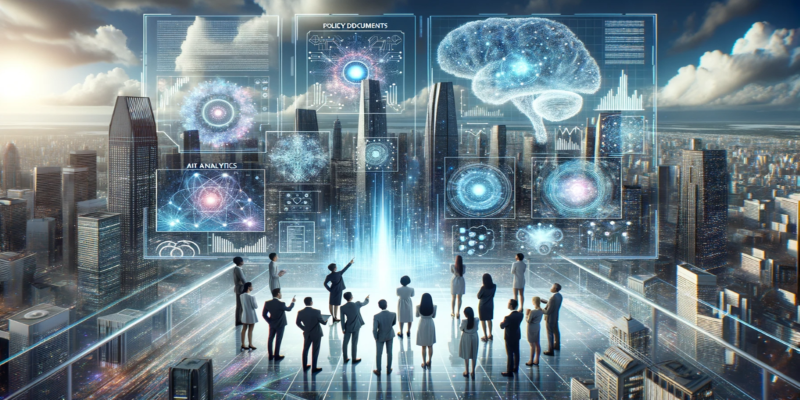
These systems are trained on general data—blogs, books, articles, forums, and social media. That gives them a lot of range but not much depth in areas that require context or nuance. They can summarize an article, answer questions, or mimic conversation well enough. But when you're asking something sensitive or specific to your life or work, public AI can feel a little like asking a stranger at the bus stop.
There’s another layer to think about here: data exposure. Since public AI learns from large pools of online information, there's always a chance that what you input could be stored, reused, or influence future outputs. Even if companies claim they don't train on user data, there's a difference between policy and practice. If you're using public AI for casual help, it works. If you're typing in company secrets, it's probably not the best idea.
Private AI is more selective. It lives behind closed doors, built and trained with tighter rules and boundaries. You'll find it in workplaces that need control over what data gets used, where it's stored, and who can see the results. Unlike public AI, private AI is not a one-size-fits-all tool. It's often custom-built for specific tasks using internal or proprietary data. That could mean financial models for a bank, risk assessments in healthcare, or customer support automation in retail.
The real benefit? Privacy and control. With private AI, businesses don't have to send data across the internet to third-party tools. They can keep it on their servers, train it on what they want, and decide exactly how it works. There's no worry that some public model might spit out a competitor's confidential info by mistake. It also means the AI is more accurate for the people using it since it's been trained on the data they care about.
But there’s a cost. Private AI is expensive. It takes money to build, time to train, and ongoing resources to maintain. It’s not plug-and-play. Most companies don’t do it alone—they work with AI providers, consultants, or cloud platforms that offer some version of private deployment. Still, it’s not something individuals are likely to use. That’s where personal AI comes in.
Personal AI is built around one user: you. It's trained on your data, tailored to your routines, and meant to help with your tasks—whether it's scheduling, writing, note-taking, or decision-making. This is the kind of AI that learns your preferences, knows your voice, and improves the more you use it. It doesn't just mimic a human response—it reflects your habits to you in ways that can make everyday things a bit smoother.
Here’s a simple example: let’s say you always write emails in a certain tone. A personal AI tool can pick that up and start drafting messages that sound like you, not just some formal assistant. Or maybe you’re planning a trip and want recommendations based on where you’ve been before, what you liked, and what you didn’t. Personal AI can filter all that without you needing to explain it every time.
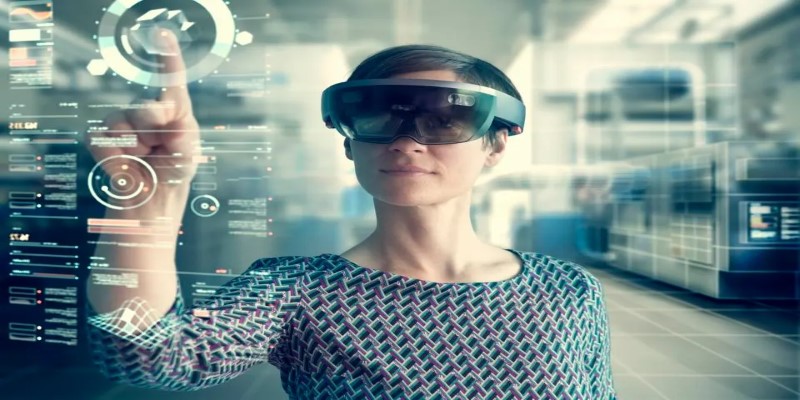
The big shift here is ownership. With personal AI, you should be the one in control of your data—where it's stored, who sees it, and how it's used. In the best setups, the AI runs locally or in a private cloud just for you. That’s different from public AI, which might be trained on thousands of other users’ inputs. It’s also different from private AI, which is designed around a company’s needs rather than an individual’s.
This kind of AI is still early in its development, but it's growing fast. More tools are starting to let people train their models, store data locally, and get real-time responses without going through massive centralized systems. For people who care about privacy, context, and control, personal AI might end up being the most useful of all.
Not everything fits neatly into public, private, or personal AI. A lot of real-world systems are now blending elements from each type. These hybrid models mix public tools with private data or give individuals limited control over how a public model works for them. For example, a company might use a public language model but fine-tune it with internal documents for better accuracy. Or a personal AI might rely on a public API for general tasks but store sensitive data locally.
This middle ground gives users flexibility. They don’t have to start from scratch or build their own systems. But it also brings up new questions about transparency. If you're mixing systems, who owns the data? Where does it go? What parts of the process are being shared with a third party?
Hybrid setups aren’t a catch-all solution, but they’re growing in popularity. They let people and businesses get the reach of public AI, the security of private setups, and the personalization of tools built just for them—if they’re willing to manage the trade-offs.
AI is no longer a single tool with one purpose. It’s a set of technologies showing up in more and more parts of life. Public, private, and personal AI each serve different roles, shaped by who controls them and what they’re trained to do. The more we learn about these differences, the better choices we can make—not just about the tools we use, but about how we want technology to fit into our lives.
Advertisement

New to ChatGPT? Learn how to use OpenAI’s AI assistant for writing, organizing, planning, and more—no tech skills needed. Here’s how to start and get better results fast
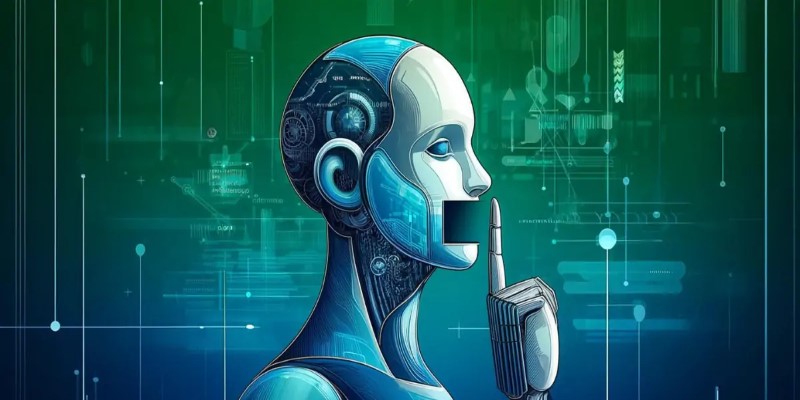
Ever wonder why your chatbot avoids certain answers? Learn what AI chatbot censorship is, how it shapes responses, and what it means for the way we access information

Learn how to create professional videos with InVideo by following this easy step-by-step guide. From writing scripts to selecting footage and final edits, discover how InVideo can simplify your video production process
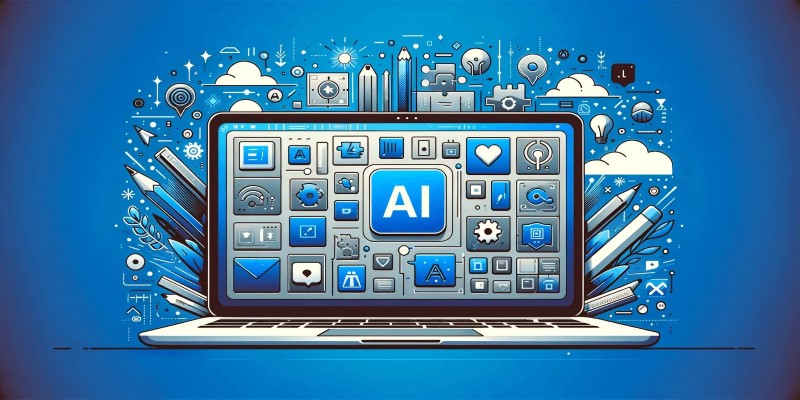
What AI tools are making a real impact in 2025? Discover 10 AI products that simplify tasks, improve productivity, and change the way you work and create

Struggling to keep track of your cooking steps? Discover how Gemini AI acts as your personal kitchen assistant, making cooking easier and more enjoyable in 2025
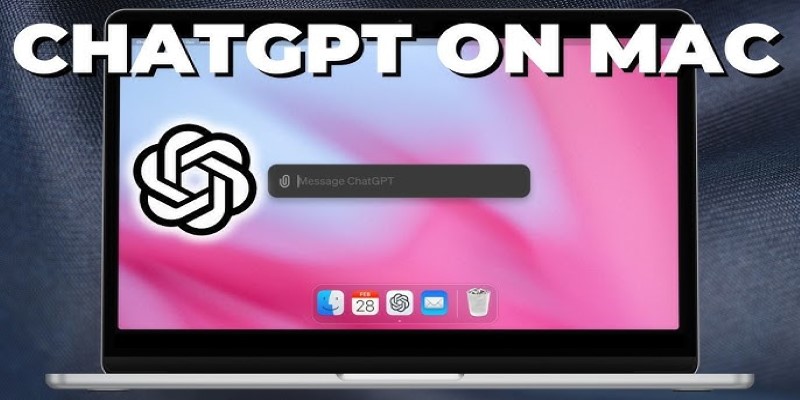
Using ChatGPT on a Mac? Learn how to make it feel like a native part of your workflow with tips for setup, shortcuts, and everyday tasks like writing, scripting, and organizing

Thinking of running an AI model on your own machine? Here are 9 pros and cons of using a local LLM, from privacy benefits to performance trade-offs and setup challenges

Ever wondered if your chatbot is keeping secrets—or spilling them? Learn how model inversion attacks exploit AI models to reveal sensitive data, and what you can do to prevent it

Need reliable datasets for emotion detection projects? These 8 options cover text, conversation, audio, and visuals to help you train models that actually get human feelings
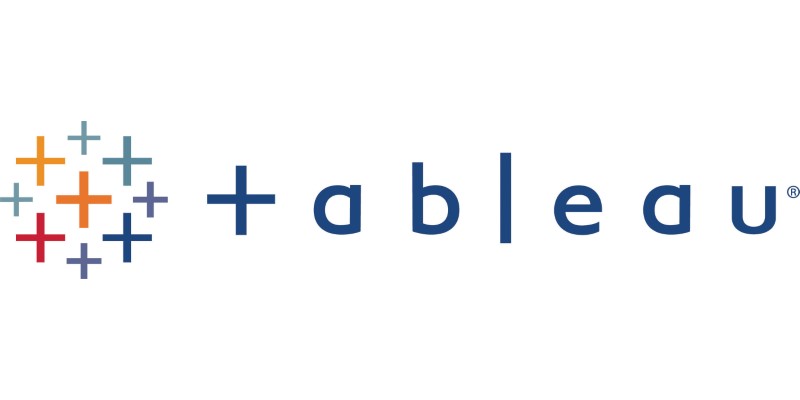
How can Tableau enhance your data science workflow in 2025? Discover how Tableau's visual-first approach, real-time analysis, and seamless integration with coding tools benefit data scientists

How can AI make your life easier in 2025? Explore 10 apps that simplify tasks, improve mental health, and help you stay organized with AI-powered solutions
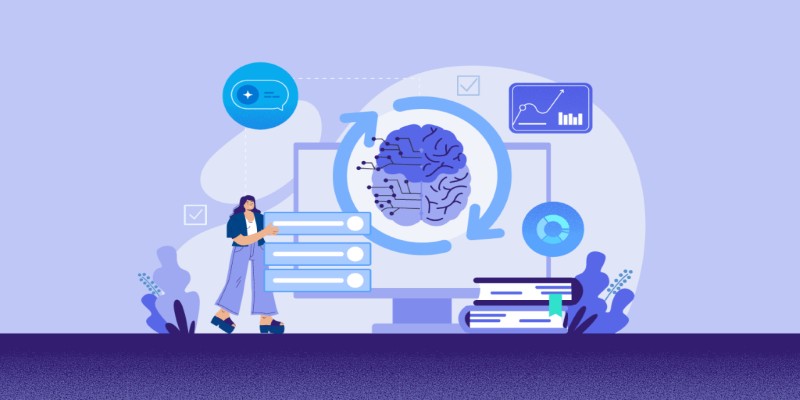
Not sure how Natural Language Processing and Machine Learning differ? Learn what each one does, how they work together, and why it matters when building or using AI tools.